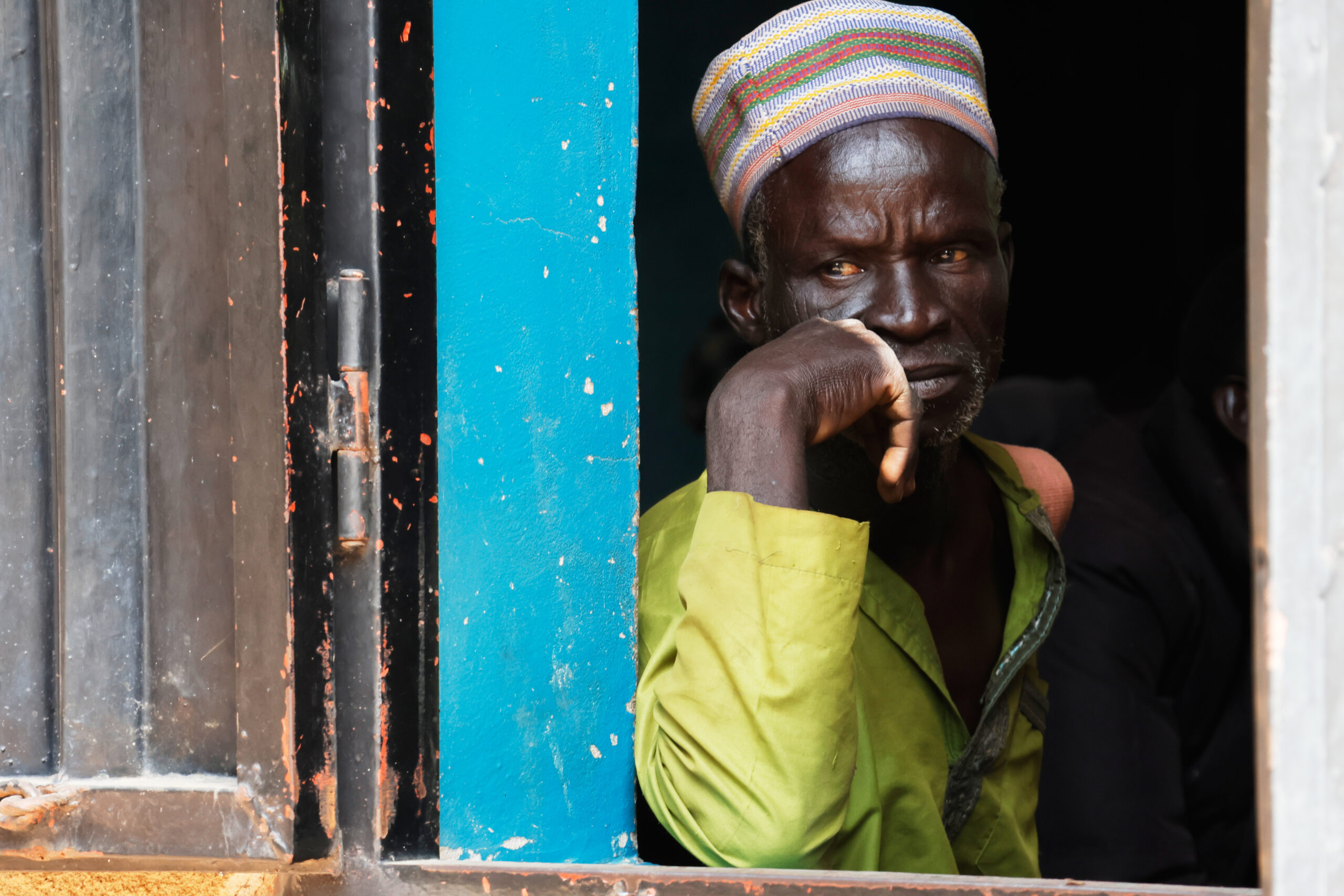When people talk about socialist countries, they often picture full government control and no private ownership. However, in practice, socialist economies vary widely. Some countries blend socialist principles with capitalist policies, creating mixed economies that reflect both systems. Others adopt strict central planning.
Let’s explore countries that practice socialism in different forms today.
—
**The People’s Republic of China**
China is a one-party state governed by the Chinese Communist Party. Though it encourages economic growth through market reforms and free market competition, the state maintains control over key industries. Its constitution reflects core socialist principles, with public ownership playing a central role in the economy.
—
**Cuba**
Cuba is one of the most iconic socialist states in the world. Governed by the Communist Party, the country emphasizes social welfare programs like free education, healthcare, and social security. Private ownership is limited, though recent reforms have allowed some economic flexibility.
—
**Vietnam**
Vietnam follows a model known as a socialist-oriented market economy. While the Communist Party maintains political control, the economy mixes public and private ownership. This structure supports economic development while maintaining strong socialist policies, especially in education and healthcare.
—
**The Democratic People’s Republic of Korea (North Korea)**
North Korea is considered a hardline socialist state. It follows a centralized command economy with no legal private ownership. The government controls all aspects of life, from labor and production to education and communication. It’s often cited as one of the most extreme examples of government control.
—
**Laos**
Officially the Lao People’s Democratic Republic, Laos operates under a socialist framework with a constitution centered on Marxist-Leninist principles. The government oversees economic activity, though reforms in recent decades have allowed small-scale private enterprises and foreign investment.
—
**Venezuela**
Venezuela’s socialist identity is defined by its state control over major industries and emphasis on wealth redistribution. Under the United Socialist Party’s rule, Venezuela kept the oil industry under state ownership (originally nationalized in the 1970s) and nationalized the telecommunications and electric power sectors in the late 2000s. Social welfare programs expanded, but economic instability and inflation continue to challenge citizens and institutions.
—
**Portugal**
Portugal is a democratic republic where socialist parties play a prominent role in government—a contrast to other entries on this list that border on classification as communist countries. Though it functions within the European Union and maintains a capitalist system, it supports socialist policies like universal healthcare, free education, and strong labor protections. Government revenue funds expansive welfare programs.
—
**Sweden**
Sweden blends free-market capitalism with extensive social welfare programs and is often cited as a model of social democracy. It follows the Nordic model, where high taxes fund public services including healthcare, education, and parental leave. The system seeks to reduce income inequality and improve quality of life.
—
**Norway**
Norway is another Nordic social democracy, combining a capitalist economy with extensive welfare benefits and significant state ownership in key sectors. While capitalism drives economic growth, the government owns key industries, especially energy. Public services are well-funded, and citizens benefit from low poverty levels and strong social safety nets.
—
Socialism today takes many forms, from strict central planning to mixed economies that balance market forces with social welfare. Understanding these variations helps paint a clearer picture of how socialist principles influence governance and economic policies worldwide.
https://people.howstuffworks.com/socialist-countries.htm


